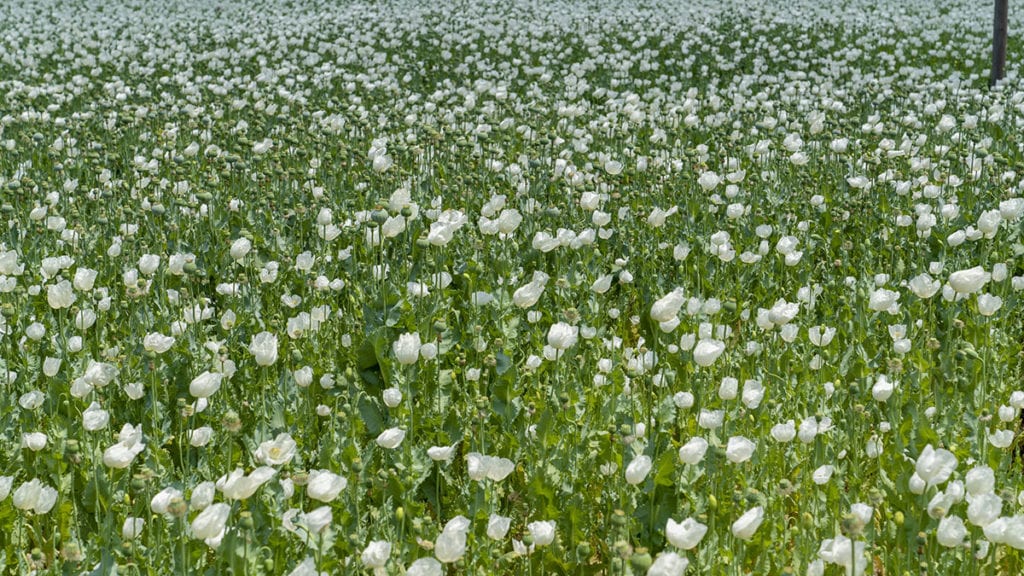In Pennsylvania, like so many of our neighboring states, the opioid crisis has been particularly brutal. In 2017, overdose deaths rose by 16%. However, the good news is that around that time, we began to turn a corner. More people made their way into rehab, and the easy-access prescriptions became a thing of the past. Still, the difference between opiates and opioids haunts us. Are they the same? Is one safer than the other? Here’s what you need to know.
What Is the Difference Between Opiate and Opioid
Many people use them interchangeably. Nevertheless, they aren’t the same. The suffix “-oid” means “like”, as in something is like something else. Usually, it refers to people engineering synthetic versions of natural substances. For example, a steroid is the human-made version of sterols, found naturally in your body. A flavonoid is an artificial flavor engineered to taste like the original using chemistry. So an opiate is a substance that occurs in nature. An opioid is the human-made version of it. Another word for this is “synthetic”. Opiates are naturally derived from the seeds of the opiate poppy, which grows mostly in India and South America. These include:
- Morphine
- Codeine
- Thebaine
Opioids include things like:
- Fentanyl
- Methadone
- Some prescription painkillers
Then we have drugs that are in between. Chemists have mixed opioids and opiates to create things like:
- Oxycodone
- Hydrocodone
- Heroin
- Some prescription painkillers
It’s no wonder these terms get interchanged so often. We should also note that if you’re buying drugs on the street, they might say it’s heroin, for example. But it could be a combination. Next, let’s explore the difference between opiate and opioid in terms of addiction.
Opioid vs. Opiate: Which is More Addictive?
This is one of those cases where “natural” doesn’t mean better or safer. ‘Morphine was the original opiate. Doctors have used it for nearly 200 years to treat extreme pain. It’s highly addictive. Well-meaning scientists invented heroin because they wanted a less addictive opioid for patients. But it turned out not much better. It soon became a street drug. In the late 20th century, scientists again tried to create less addictive opioids, which resulted in prescription drugs like Oxy. But these too are highly addictive. They hit the body more slowly than heroin or morphine, so it may take a little longer to develop an addiction. But they still interact with your brain’s reward center, causing euphoria (extreme happiness and relaxation). Humans are predisposed to develop addictions to things that cause this feeling.
Which is More Dangerous?
All opioids and opiates are dangerous. Some, like the opioid fentanyl, have a very high overdose rate. Others, like prescription drugs, can cause overdose themselves. Or they can push people to street drugs as the addiction progresses. So, in a nutshell, if you’re taking a natural opiate or prescription opioid thinking they’re safer, know that they’re not. The difference between opiate and opioid doesn’t extend far beyond the method of manufacture. They’re generally chemically identical. Whether you’re addicted to opioids or opiates, opioid addiction treatment helps you free yourself.
How The Ranch PA Treats Substance Abuse
Situated on 15 acres of stunning rolling hills in Pennsylvania, The Ranch PA helps clients through both evidence-based, traditional treatments and alternative therapies that treat the whole person, body, mind, emotions, and spirit. In this resort-like setting, we offer treatments like:
- Non-12 step program and 12-step programs
- Pain management program
- Dual diagnosis care
- Art and music therapy
- Exercise therapy
We can argue all day about the difference between opiate and opioid. But addiction is an addiction. We can help you recover. Call us at 717.969.9126 to speak with a caring addiction specialist.

